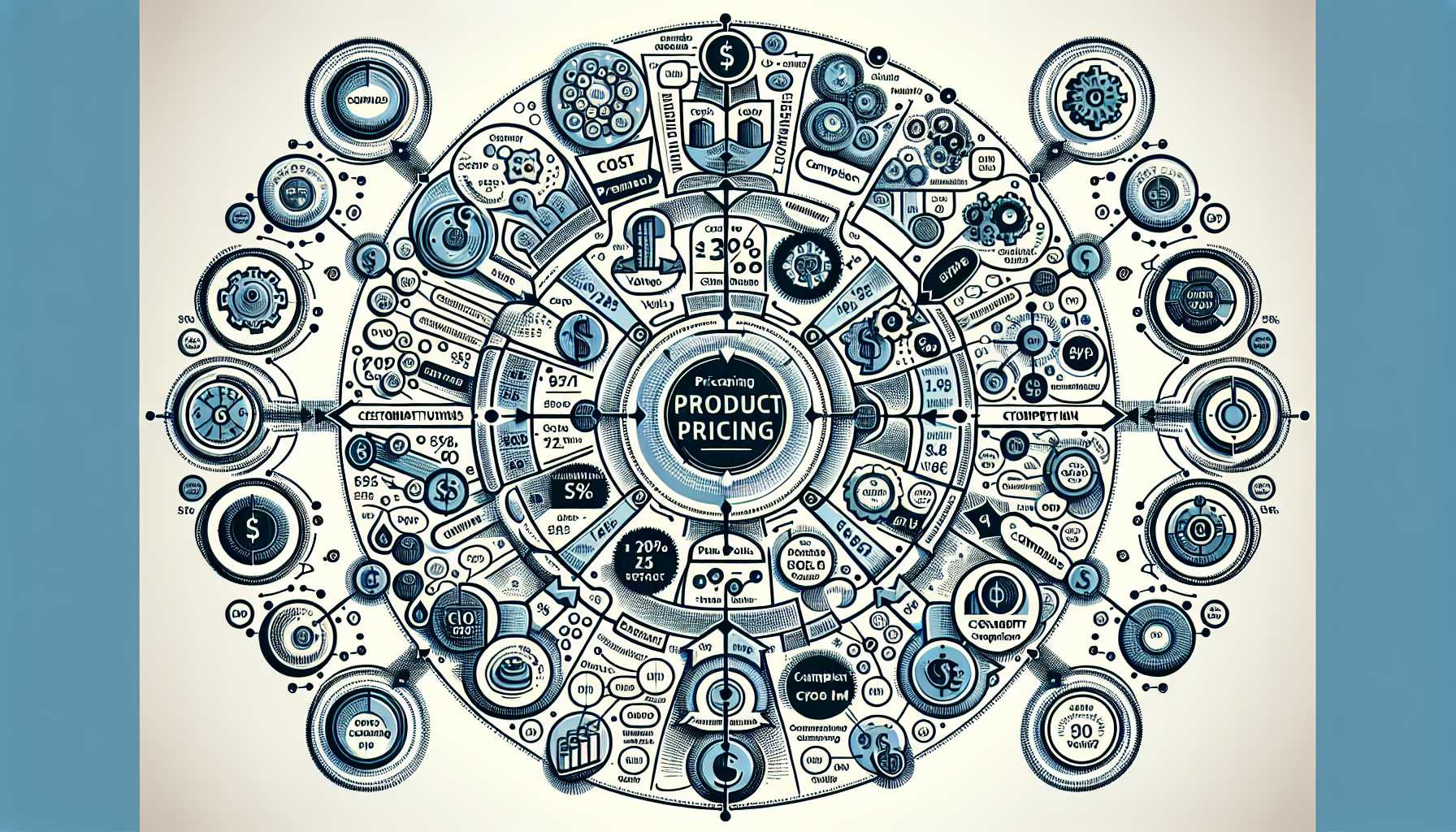Welcome seasoned product managers! When it comes to pricing your product, the challenge often lies not in the act of setting a price but in the strategy that leads to that decision. Pricing is both an art and a science, and through my career, I’ve seen and implemented a range of strategies that can provide a robust foundation for determining product pricing. In this blog post, we’ll delve into effective methodologies that balance customer value, market conditions, and company objectives.
Understanding the Pricing Landscape
Before we jump into pricing strategies, let’s set the context. Pricing is not one-size-fits-all. The right approach varies greatly across different markets, products, and customer segments, and it hinges on in-depth knowledge about your value proposition, competitive landscape, operating costs, and customer willingness to pay. Historical data, market research, and ongoing experiments are essential components of a rigorous pricing strategy.
Pricing Strategies and Personal Experiences
Through my career, I’ve applied a variety of pricing strategies. Below, I’ll share insights and experiences from three of them: cost-plus pricing, value-based pricing, and competitive pricing.
1. Cost-Plus Pricing
Cost-plus pricing is straightforward: calculate the total cost of producing your product and add a markup to achieve a desired profitability level. It’s easy to implement and ensures that costs are covered. However, this approach can neglect the product’s perceived value and competitive prices, which can be risky.
My Experience: Early in my career, I led a software product where the development costs were high due to the complexity of the technology. A cost-plus strategy ensured our survival in the early days, but as the product matured and we gathered more data on customer value perception, it became clear that a more nuanced strategy was needed.
2. Value-Based Pricing
Value-based pricing focuses on the product’s perceived value to the customer, rather than just costs. This strategy can drive higher margins if customers perceive high value, but it requires deep understanding of the customer and their willingness to pay.
My Experience: Later in my career, I managed a data analytics platform. Through customer interviews and A/B testing, we realized that our users gained significant revenue increases by using our product. Aligning the pricing with the customer’s success metrics allowed us to increase our prices without impacting conversion rates.
3. Competitive Pricing
Setting prices in direct consideration of competitors’ pricing can be effective in saturated markets. This can mean pricing lower, matching, or pricing higher (if your offer includes additional value). The challenge is to stay competitive without eroding profit margins.
My Experience: In a highly competitive mobile app segment, we decided to price our product slightly lower than the market leaders while still offering unique features. This strategy was viable because of our lean operating model, and it allowed us to capture market share from incumbents.
Frameworks to Guide Pricing Decisions
Aside from these strategies, various frameworks can guide the pricing process. I have leaned heavily on the following in my career:
- Price Sensitivity Meter (PSM): Utilizes a survey-based approach to determine the optimal price range and customer sensitivity to pricing changes.
- Conjoint Analysis: Helps assess how value is perceived in relation to various product features and can indicate how much customers are willing to pay for certain combinations of features.
- Economic Value to the Customer (EVC): Evaluates the economic value a product provides over alternatives, which can inform a strategic price point.
Tactical Approaches to Pricing
On a tactical level, I’ve also employed specific techniques, such as:
- Tiered Pricing: Offering different pricing tiers caters to various customer segments and has been helpful in maximizing revenue across different market segments.
- Freemium Models: Providing a free version can reel in users and provide data on usage patterns, ultimately converting a portion to a paid version.
- Psychological Pricing: Setting prices just below a round number (e.g., $29.99 instead of $30) can subtly influence purchasing decisions. This approach has often led to increased sales in several consumer-focused products I’ve overseen.
Final Thoughts and Future Directions
The pricing journey does not end with setting a price. It’s about continuous learning and iteration. Advances in artificial intelligence and machine learning provide promising avenues for dynamic pricing, which can respond in real-time to market conditions, demand fluctuations, and customer behaviors.
In conclusion, while no single pricing method ensures success, a blend of these strategies, informed by data and focused on the customer, has guided me in effectively pricing products throughout my career. Remember, a well-thought-out pricing strategy can be one of your most potent tools in product management.
Visualizing the Pricing Strategy Spectrum
Deciding on a pricing strategy is a complex process that involves a spectrum of factors interacting with each other. Let’s imagine a visual representation of this dynamic interplay.

